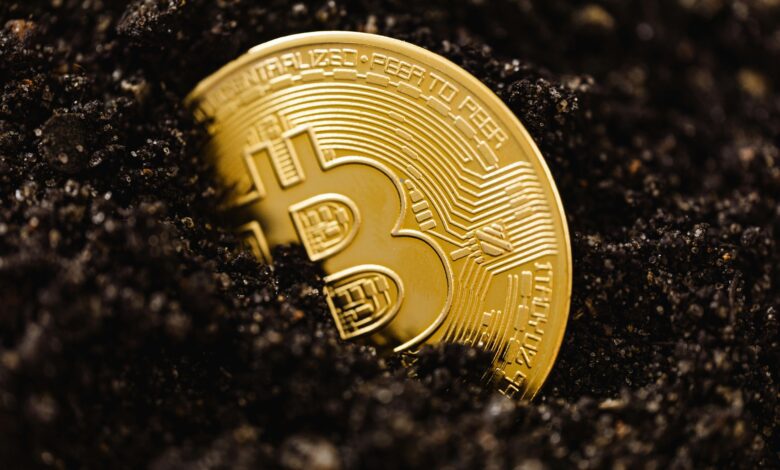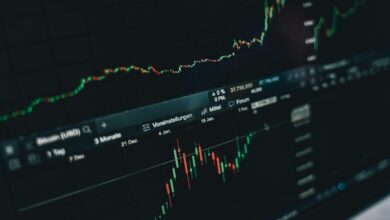Golden Opportunities: A Comprehensive Guide to Investing in Gold Through ETFs, Physical Assets, and Mining Stocks

As the global economy experiences fluctuations and uncertainties, many investors are turning to gold as a safe haven asset. With its rich history as a store of value, gold not only serves as a hedge against inflation but also adds a layer of security to diversified portfolios. However, the question remains: what is the best way to invest in gold? Whether you’re considering exchange-traded funds (ETFs), purchasing physical gold, or investing in mining stocks, each option offers unique benefits and challenges. In this article, we will explore the various avenues for gold investment, examining the nuances of ETFs, physical gold, and mining stocks. We will also weigh the pros and cons of each choice, providing you with strategic tips to effectively incorporate gold into your investment strategy. Whether you are a seasoned investor or just starting your journey into the world of gold, this comprehensive guide will equip you with the knowledge you need to make informed decisions and enhance your financial portfolio.
- understanding-gold-investment-options:-etfs,-physical-gold,-and-mining-stocks-explained“>
1. Understanding Gold Investment Options: ETFs, Physical Gold, and Mining Stocks Explained
Investing in gold can take several forms, each with distinct characteristics, benefits, and risks. Understanding these options is crucial for making informed decisions that align with your financial goals.
Gold ETFs (Exchange-Traded Funds) are investment funds that trade on stock exchanges and aim to track the price of gold. They typically hold physical gold bullion or gold futures contracts, allowing investors to gain exposure to gold without the need to buy and store physical assets. Gold ETFs provide liquidity, as they can be bought and sold throughout the trading day like stocks. They also tend to have lower transaction costs compared to purchasing physical gold. However, while ETFs offer convenience, they may also come with management fees, and investors do not own the actual gold, which may be a concern for those seeking a tangible asset.
Physical Gold refers to actual gold bullion, coins, or jewelry. Investing in physical gold provides a sense of security and ownership, as it is a tangible asset that can be stored in a safe or bank vault. This option is often viewed as a hedge against inflation and economic uncertainty. However, owning physical gold comes with storage and insurance costs, and selling it can be less liquid compared to ETFs. Additionally, the market price for physical gold can vary based on premiums and demand, which might not always align with the spot price of gold.
Mining Stocks represent shares in companies that explore and extract gold. Investing in mining stocks can offer potential for higher returns compared to direct gold investments, as mining companies may benefit from rising gold prices and operational efficiencies. However, investing in mining stocks also introduces company-specific risks, such as management effectiveness, operational challenges, and geopolitical factors affecting mining operations. Moreover, mining stocks may not always move in direct correlation with gold prices, as their performance is influenced by broader stock market trends.
In conclusion, each gold investment option—ETFs, physical gold, and mining stocks—has its unique advantages and challenges. Investors should consider their risk tolerance, investment horizon, and personal preferences when deciding which option aligns best with their financial strategy.
Investing in gold can take several forms, each with its own set of advantages and drawbacks, and the right choice often depends on an investor's objectives, risk tolerance, and market outlook.
One popular method is through gold exchange-traded funds (ETFs). These funds are designed to track the price of gold and offer investors an easy way to gain exposure to the metal without the need for physical storage. Gold ETFs are traded on major stock exchanges, making them highly liquid and relatively easy to buy and sell. They typically have lower fees compared to other investment vehicles, and they provide a convenient way to diversify a portfolio. However, investors should be aware that they do not own the physical gold itself, which means they may miss out on certain benefits associated with owning the tangible asset, such as its use as a hedge against inflation and currency fluctuations.
On the other hand, investing in physical gold—such as bullion bars, coins, or jewelry—offers a direct ownership experience that many investors find appealing. Physical gold is often viewed as a safe-haven asset during times of economic uncertainty and can serve as an insurance policy against market volatility. However, purchasing and storing physical gold can come with significant costs, including premiums over spot prices, insurance, and secure storage solutions. Additionally, selling physical gold can be less straightforward than liquidating ETFs, as it may require finding a buyer, potentially leading to delays and additional costs.
Another avenue for gaining exposure to gold is through mining stocks. Investing in companies that mine gold can offer leveraged exposure to gold prices, as the profitability of these companies tends to rise and fall with the price of gold. Mining stocks can also provide dividends, which physical gold and ETFs typically do not offer. However, investing in mining companies comes with its own set of risks, including operational challenges, regulatory issues, and fluctuations in production costs. Additionally, the performance of mining stocks may not correlate perfectly with gold prices, as they are also influenced by factors such as management decisions and mining industry trends.
Ultimately, the decision on how to invest in gold should be based on an investor's individual circumstances and investment strategy. Each method offers unique benefits and risks, and a diversified approach—combining ETFs, physical gold, and mining stocks—might provide a balanced way to capitalize on the potential of gold as a valuable asset.





